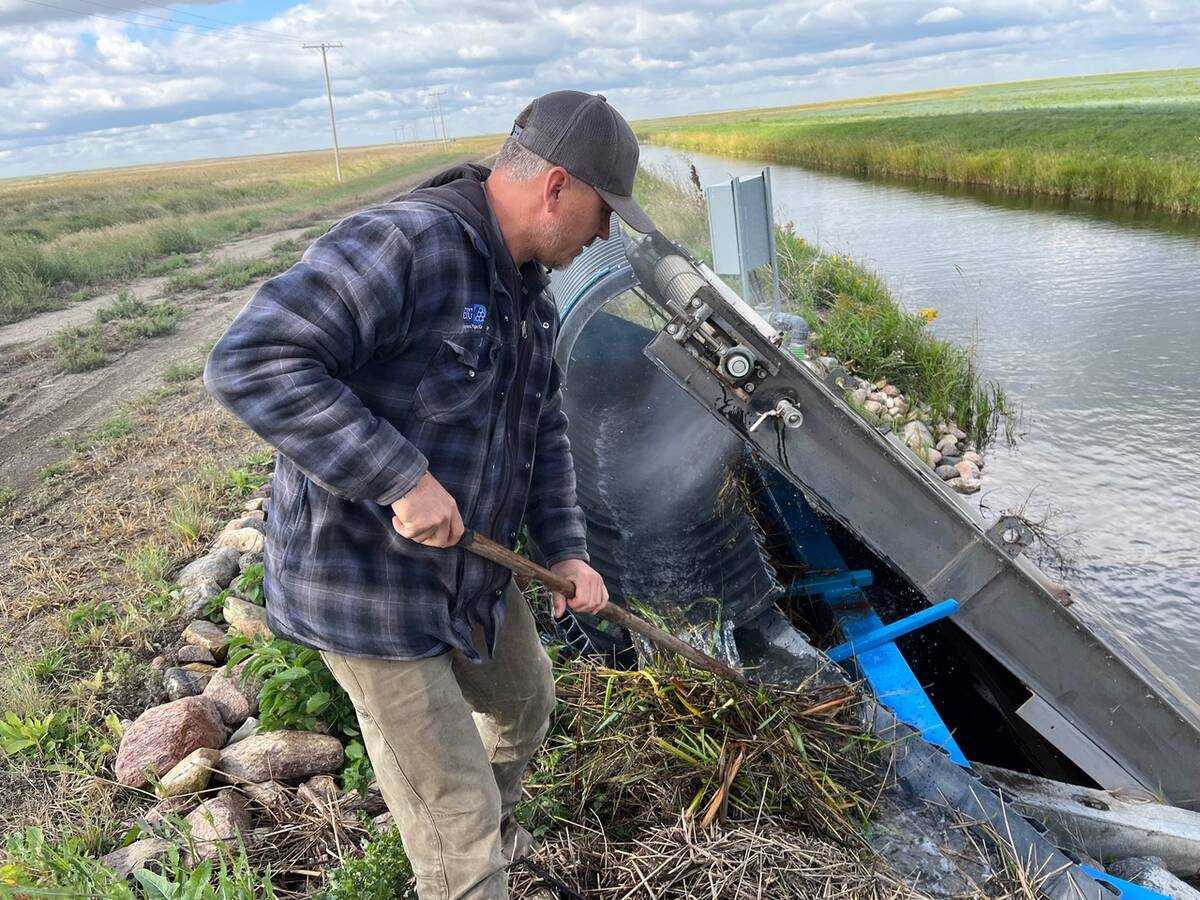The H1N1 virus found in pigs is raising alarm around the world because it appears to be moving back and forth between animals and humans, said a professor of virology at the University of Calgary veterinary school.
“That is an alarming sign and it seems from what we have experienced here in Alberta, this virus is also being transmitted from humans into pigs, although the definitive proof of that is still lacking, but I think it is likely,” said Markus Czub, who specializes in veterinary virology and control of epizootic diseases.
Read Also

Saskatchewan farmer uses tile drainage to manage water
The integration of both irrigation and tile drainage results in higher yields, water efficiency, improved soils and less nutrient runoff, says one producer.
“That is novel. We didn’t see that before,” he said.
A hog barn in central Alberta was quarantined after a worker who had returned from Mexico developed the disease. About 200 pigs subsequently became ill.
H1N1 is a typical influenza virus that has been circulating in North and Central America for some time.
“It is not entirely new but we should also keep in mind these viruses tend to change very rapidly,” Czub said, noting a virus can mutate within hours.
The latest strain that has caused front page headlines around the world has been referred to as a hybrid virus because it has adopted genetic variations from swine and avian flu.
Infected animals and humans experience similar symptoms because it is a respiratory disease and severity depends on the individual.
Pigs and people can experience a runny nose, coughing, sneezing, lethargy, weight loss and fever.
“It depends on the individual situation but pigs have contact with one another and so that is how the virus is transmitted. It can happen indoors as well as outdoors,” he said.
Thousands die each year from influenza throughout the world so it should not be underestimated, said Czub.
The incubation period is one to three days before signs of illness appear. It is spread in droplets and can be killed with good hygiene using soap or detergents. It can exist on surfaces for a short time, depending on conditions like temperature and humidity.
Physical contact is needed for the virus to spread and virus particles must enter the mouth or nose in large enough numbers to infect a human or animal.
Czub said it’s possible for pigs and humans to share a disease because of physical similarities at the cell level.
A DNA genome sequence for the latest H1N1 virus was recently completed, which is expected to help scientists identify its closest relative. That information enables scientists to determine where it came from and the kind of vaccine required.
Under the microscope, it looks like any other influenza virus but because of the particular novel genetic makeup, current vaccines are not effective.

















